Fleas are tiny parasites that can easily infest your home, and one of the most common places they can be found is on your mattress. Not only can they cause discomfort and itching, but they can also carry diseases. If you're dealing with a flea infestation on your mattress, here are some steps you can take to get rid of them for good. To begin with, it's important to understand that fleas can quickly multiply and spread to other areas of your home. Therefore, it's crucial to act fast and start treating your mattress as soon as you notice any signs of fleas. This includes seeing small black dots, which are flea feces, on your sheets, as well as experiencing bites on your body.How to Get Rid of Fleas on a Mattress
Bed bugs are another common pest that can infest your mattress. They are small, reddish-brown insects that feed on the blood of humans and animals. Unlike fleas, they do not have wings and cannot jump, but they can easily crawl onto your mattress from other infested areas of your home. To identify bed bugs on your mattress, look for small dark spots, which are bed bug feces, on the mattress seams and edges. You may also notice shed skins or blood stains on your sheets. Additionally, you may be able to see the bugs themselves if you inspect your mattress closely. If you suspect you have bed bugs, it's important to take action immediately to prevent the infestation from spreading.How to Identify Bed Bugs on a Mattress
Now that you know how to identify fleas and bed bugs on your mattress, it's time to start treating the infestation. The first step is to thoroughly vacuum your mattress, paying close attention to the seams and edges where the pests may be hiding. Be sure to empty the vacuum outside of your home to prevent the fleas or bed bugs from re-infesting your mattress. Next, wash all of your bedding, including sheets, blankets, and pillowcases, in hot water and dry them on high heat. This will help kill any remaining pests and their eggs. You may also want to consider using a mattress encasement, which is a special cover that traps and kills bed bugs and prevents them from escaping or infesting your mattress further.How to Treat a Mattress for Bed Bugs and Fleas
The best way to deal with fleas and bed bugs on your mattress is to prevent them from infesting it in the first place. Regularly vacuuming your home and washing your bedding can help prevent these pests from taking up residence on your mattress. Additionally, be cautious when bringing in used furniture or clothing, as they may be carrying fleas or bed bugs. If you have pets, be sure to treat them for fleas regularly and keep them off your bed to prevent them from bringing fleas onto your mattress. Lastly, consider using natural repellents such as essential oils to keep fleas and bed bugs away.How to Prevent Fleas and Bed Bugs on Your Mattress
As mentioned earlier, signs of fleas or bed bugs on a mattress include small black dots, blood stains, and bites on your body. You may also notice a musty odor coming from your mattress, which is a common sign of bed bugs. If you have a severe infestation, you may even see live fleas or bed bugs crawling on your mattress. If you're still unsure if you have fleas or bed bugs, you can use a white sheet and a flashlight to conduct a simple test. Place the sheet over your mattress and use the flashlight to look for any small moving specks. If you see them, you likely have a flea infestation. If you don't see anything, try the same test at night, as bed bugs are nocturnal and may be more active then.Signs of Fleas or Bed Bugs on a Mattress
Once you've taken steps to get rid of the fleas or bed bugs on your mattress, it's important to clean and disinfect it to get rid of any remaining pests or bacteria. Start by vacuuming your mattress again and then using a mixture of hot water and mild soap to scrub the surface. You can also use a steam cleaner to kill any remaining pests. After cleaning, let your mattress dry completely before placing clean bedding on it. You may also want to consider using a mattress spray specifically designed to kill fleas and bed bugs for added protection.How to Clean a Mattress Infested with Fleas or Bed Bugs
If you prefer to use natural methods to get rid of fleas and bed bugs on your mattress, there are several options available. Some natural remedies include using diatomaceous earth, a fine powder that can kill pests by drying them out, or using essential oils such as lavender or tea tree oil, which are known to repel fleas and bed bugs. You can also try placing cedar chips or sachets of dried herbs, such as rosemary or mint, around your mattress to keep pests away. While these natural remedies can be effective, it's important to note that they may not completely eliminate the infestation, and you may need to combine them with other methods for best results.Natural Remedies for Fleas and Bed Bugs on a Mattress
To prevent a flea or bed bug infestation from spreading to your mattress, it's important to inspect it regularly. Use a flashlight to check the seams, edges, and crevices of your mattress for any signs of pests. You can also use a magnifying glass to get a closer look. If you notice any signs of fleas or bed bugs, take immediate action to prevent the infestation from getting worse.How to Inspect a Mattress for Fleas and Bed Bugs
If you have a severe infestation or if your DIY efforts are not effective, it may be time to seek professional help. Exterminators are trained and equipped to handle flea and bed bug infestations, and they can provide more powerful treatments to eliminate the pests. They may also offer follow-up treatments to ensure the infestation is completely gone. Additionally, there are also heat treatment options available, where your mattress is heated to a high temperature to kill all pests and their eggs. However, these treatments can be expensive, so be sure to weigh your options carefully.Professional Treatment Options for Fleas and Bed Bugs on a Mattress
Prevention is key when it comes to protecting your mattress from fleas and bed bugs. Consider using a mattress cover that is specifically designed to keep pests out, as well as regularly vacuuming and washing your bedding. You can also try using natural repellents, such as essential oils, to keep these pests away. Additionally, make sure to inspect any used furniture or clothing before bringing them into your home, and regularly treat your pets for fleas to prevent them from bringing the pests onto your mattress. By taking these preventative measures, you can help ensure your mattress stays free of fleas and bed bugs. In conclusion, dealing with fleas or bed bugs on your mattress can be a frustrating and uncomfortable experience. However, by following these tips and taking preventative measures, you can get rid of these pests and keep them from infesting your mattress in the future.How to Protect Your Mattress from Fleas and Bed Bugs
Understanding the Difference Between Fleas on Mattresses and Bed Bugs
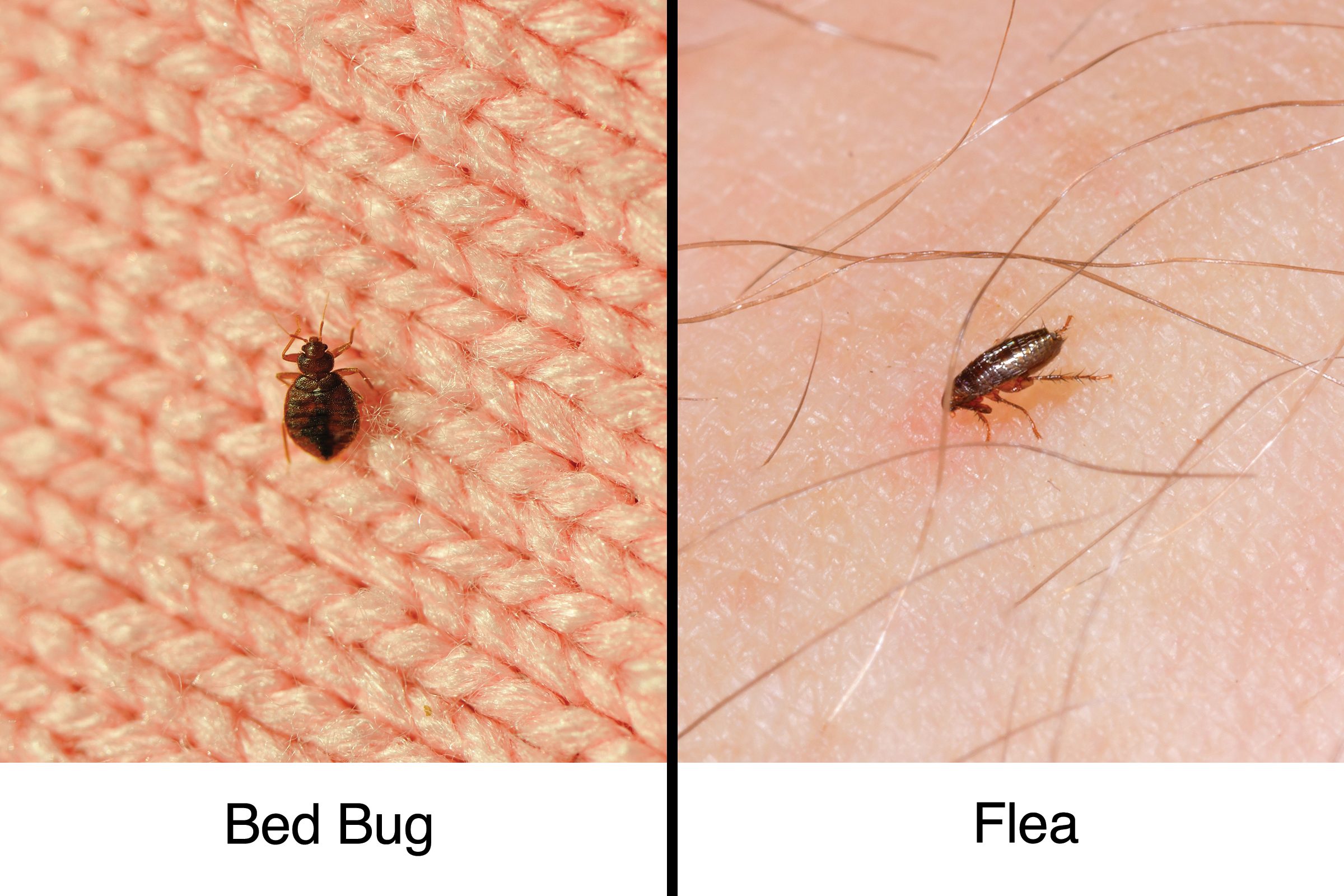
The Importance of Identifying the Type of Infestation in Your Home
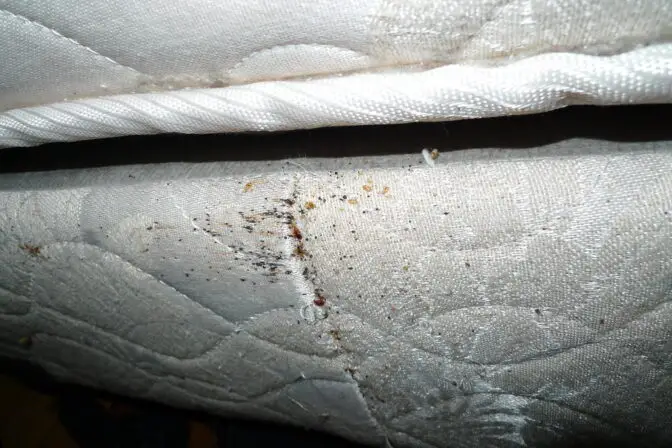 When it comes to dealing with pests in your home, it's crucial to correctly identify the type of infestation you are dealing with. This is especially true when it comes to
fleas on mattresses or bed bugs
, as their appearance and behavior may seem similar at first glance. However, these two types of pests have distinct characteristics and require different methods of eradication. In this article, we will delve into the differences between fleas and bed bugs, and how to effectively get rid of them in your home.
When it comes to dealing with pests in your home, it's crucial to correctly identify the type of infestation you are dealing with. This is especially true when it comes to
fleas on mattresses or bed bugs
, as their appearance and behavior may seem similar at first glance. However, these two types of pests have distinct characteristics and require different methods of eradication. In this article, we will delve into the differences between fleas and bed bugs, and how to effectively get rid of them in your home.
Fleas on Mattresses: What You Need to Know
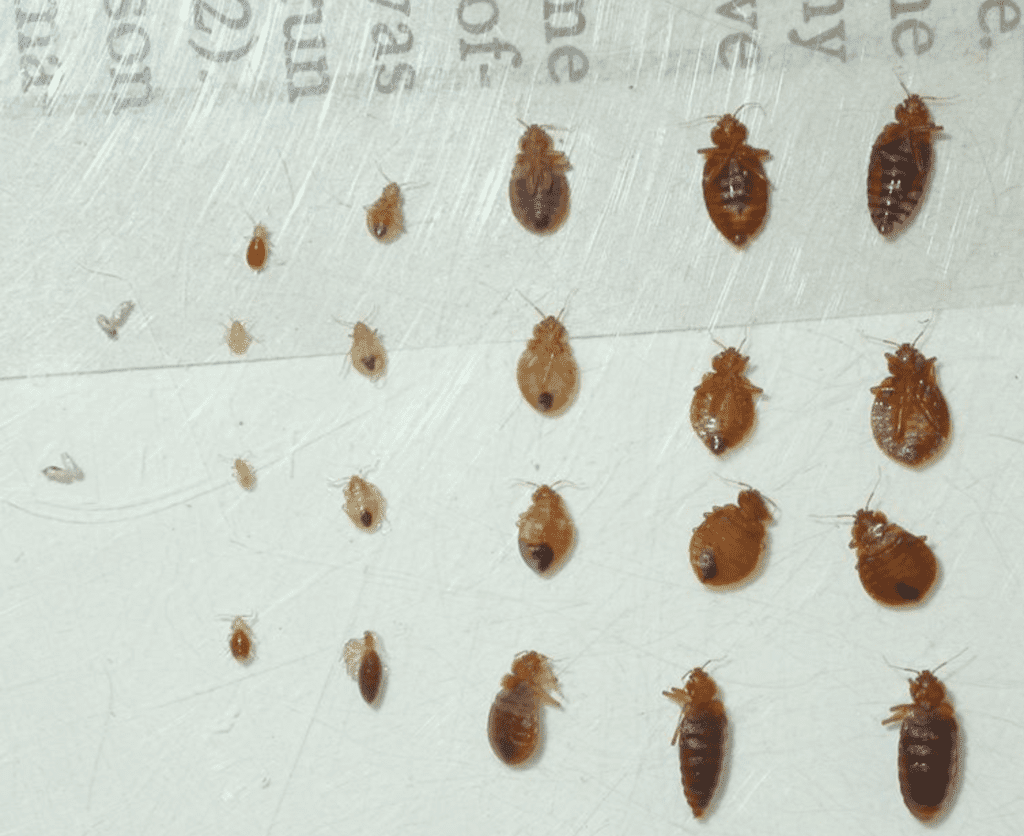 Fleas are small, wingless insects that feed on the blood of humans and animals. They are often brought into homes by pets, and can quickly infest bedding, carpets, and furniture.
Fleas on mattresses
are a common problem, as these pests are attracted to warm and dark places, making your bed the perfect breeding ground. These tiny insects are reddish-brown in color and have a flat body that allows them to move easily through fur or bedding. They are also known for their jumping abilities, making it difficult to spot and catch them.
Fleas are small, wingless insects that feed on the blood of humans and animals. They are often brought into homes by pets, and can quickly infest bedding, carpets, and furniture.
Fleas on mattresses
are a common problem, as these pests are attracted to warm and dark places, making your bed the perfect breeding ground. These tiny insects are reddish-brown in color and have a flat body that allows them to move easily through fur or bedding. They are also known for their jumping abilities, making it difficult to spot and catch them.
Bed Bugs: A Different Type of Nuisance
 On the other hand, bed bugs are small, oval-shaped insects that also feed on blood. They are typically found in cracks and crevices, such as in mattresses, headboards, and baseboards. Unlike fleas, bed bugs do not have the ability to jump, but they can move quickly and easily through clothing and luggage. These pests are reddish-brown in color and can leave behind small, dark spots on bedding, indicating their presence.
On the other hand, bed bugs are small, oval-shaped insects that also feed on blood. They are typically found in cracks and crevices, such as in mattresses, headboards, and baseboards. Unlike fleas, bed bugs do not have the ability to jump, but they can move quickly and easily through clothing and luggage. These pests are reddish-brown in color and can leave behind small, dark spots on bedding, indicating their presence.
How to Get Rid of Fleas and Bed Bugs
 The first step in getting rid of a flea or bed bug infestation is to thoroughly clean and vacuum your home. This includes washing all bedding and clothing in hot water, and vacuuming carpets, furniture, and mattresses. For fleas, using a flea comb on your pets can also help remove any remaining pests on their fur.
For bed bugs
, it's important to seal any cracks or crevices where they may be hiding, and to use special bed bug covers for your mattress and box spring to prevent future infestations.
In severe cases, it may be necessary to use pesticides to eliminate these pests from your home. However, it's important to use caution when using these products and to follow instructions carefully. In some cases, it may be necessary to hire a professional pest control service to effectively get rid of the infestation.
The first step in getting rid of a flea or bed bug infestation is to thoroughly clean and vacuum your home. This includes washing all bedding and clothing in hot water, and vacuuming carpets, furniture, and mattresses. For fleas, using a flea comb on your pets can also help remove any remaining pests on their fur.
For bed bugs
, it's important to seal any cracks or crevices where they may be hiding, and to use special bed bug covers for your mattress and box spring to prevent future infestations.
In severe cases, it may be necessary to use pesticides to eliminate these pests from your home. However, it's important to use caution when using these products and to follow instructions carefully. In some cases, it may be necessary to hire a professional pest control service to effectively get rid of the infestation.
Prevention is Key
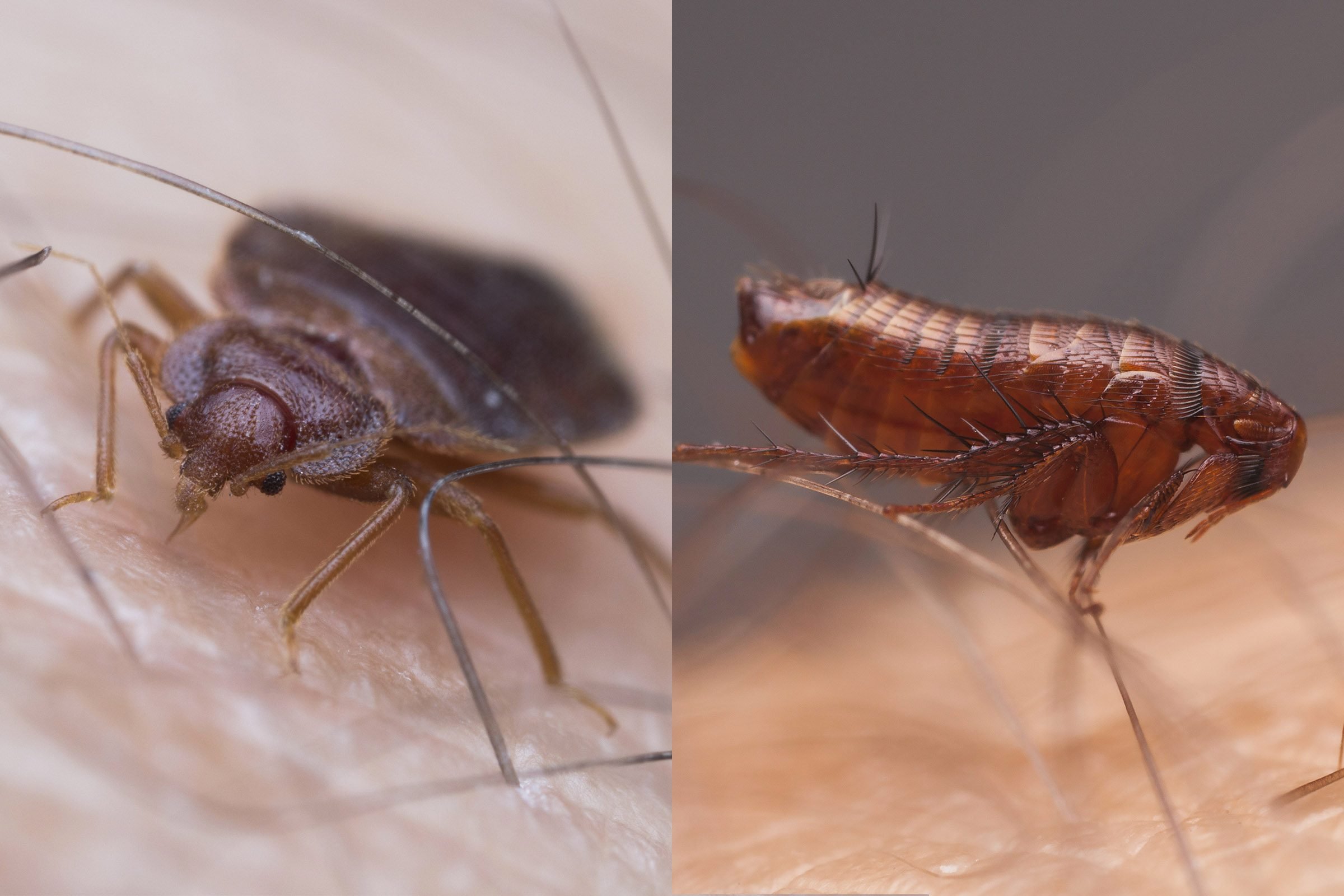 Whether you are dealing with fleas or bed bugs, prevention is key to avoiding future infestations. Regularly vacuuming and cleaning your home, and regularly washing your bedding and pet's bedding, can help prevent these pests from taking over. It's also important to regularly check your pets and luggage for any signs of fleas or bed bugs when returning from trips.
Whether you are dealing with fleas or bed bugs, prevention is key to avoiding future infestations. Regularly vacuuming and cleaning your home, and regularly washing your bedding and pet's bedding, can help prevent these pests from taking over. It's also important to regularly check your pets and luggage for any signs of fleas or bed bugs when returning from trips.
In Conclusion
 In conclusion, while
fleas on mattresses and bed bugs
may have similar characteristics, they are two distinct types of pests that require different methods of eradication. By understanding the differences between these pests and taking preventive measures, you can effectively keep your home free from these nuisance insects. Remember to always use caution and consult a professional if needed when dealing with a severe infestation.
In conclusion, while
fleas on mattresses and bed bugs
may have similar characteristics, they are two distinct types of pests that require different methods of eradication. By understanding the differences between these pests and taking preventive measures, you can effectively keep your home free from these nuisance insects. Remember to always use caution and consult a professional if needed when dealing with a severe infestation.

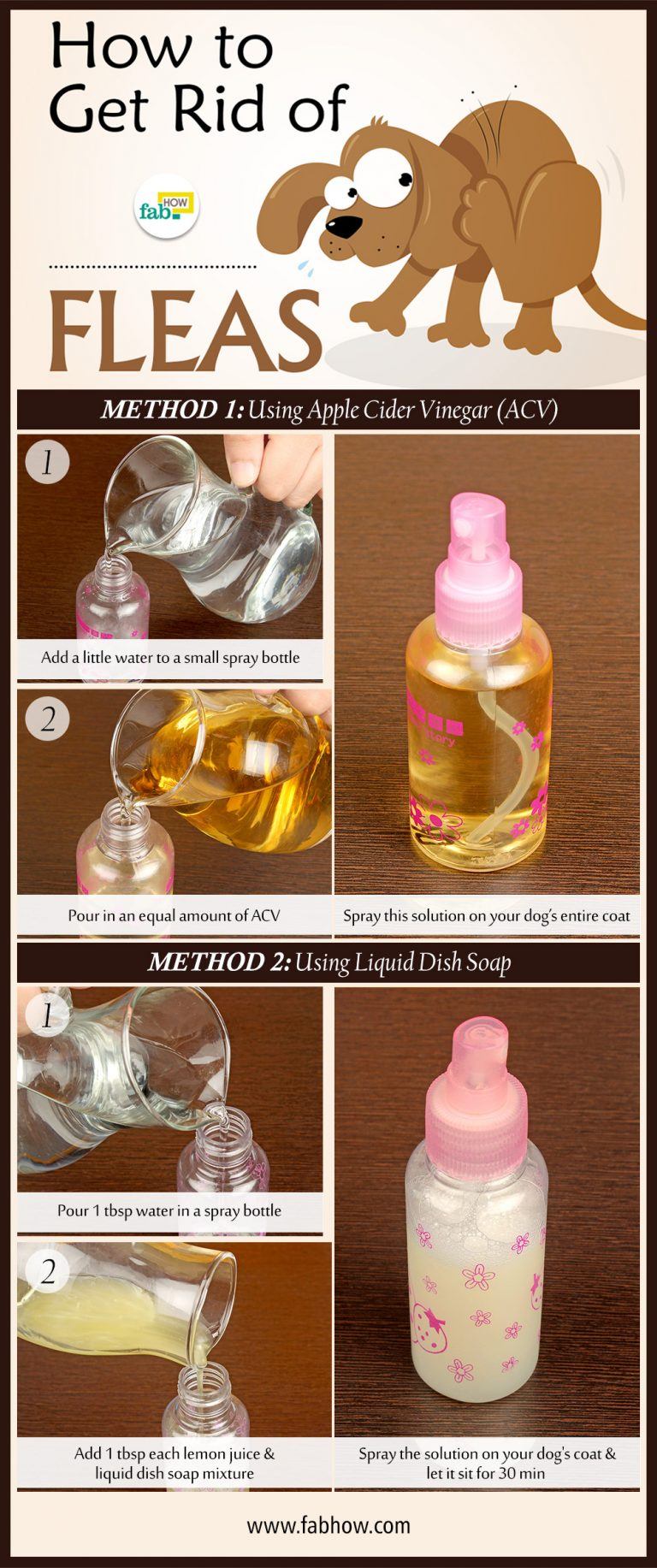
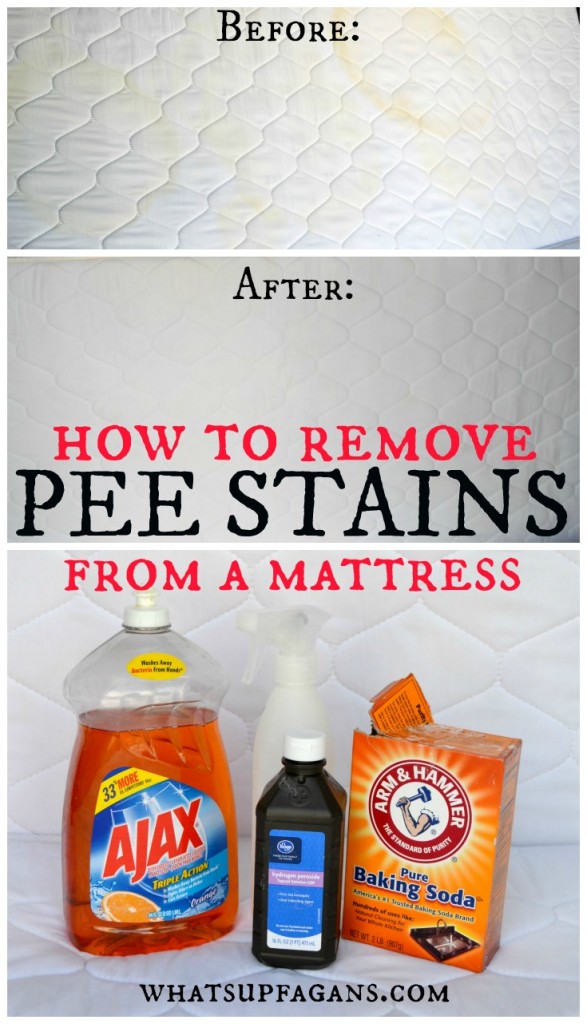

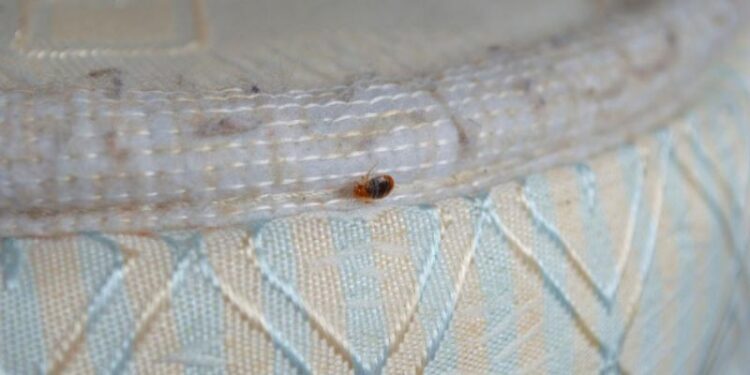


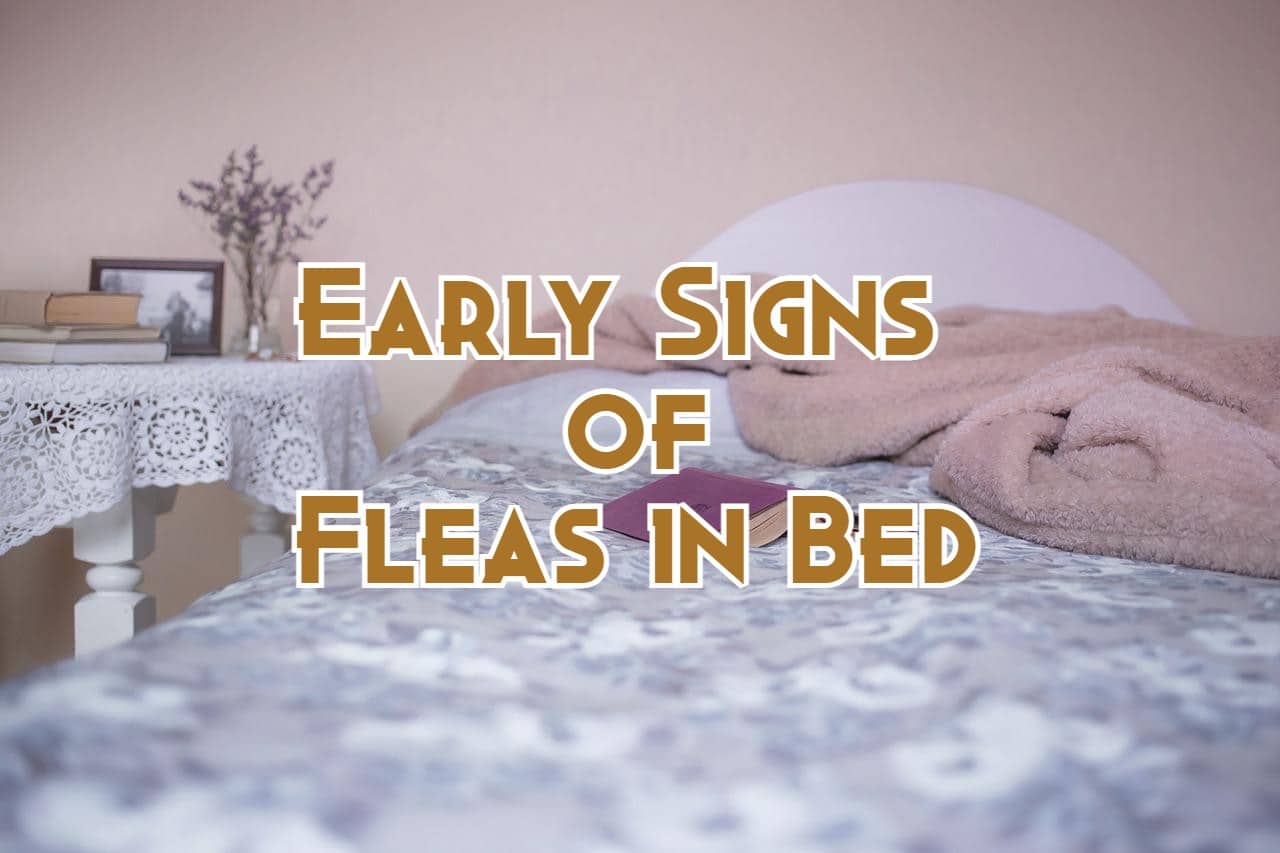


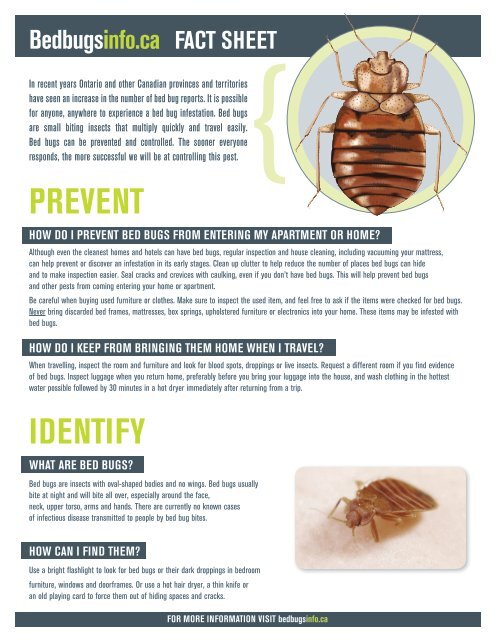

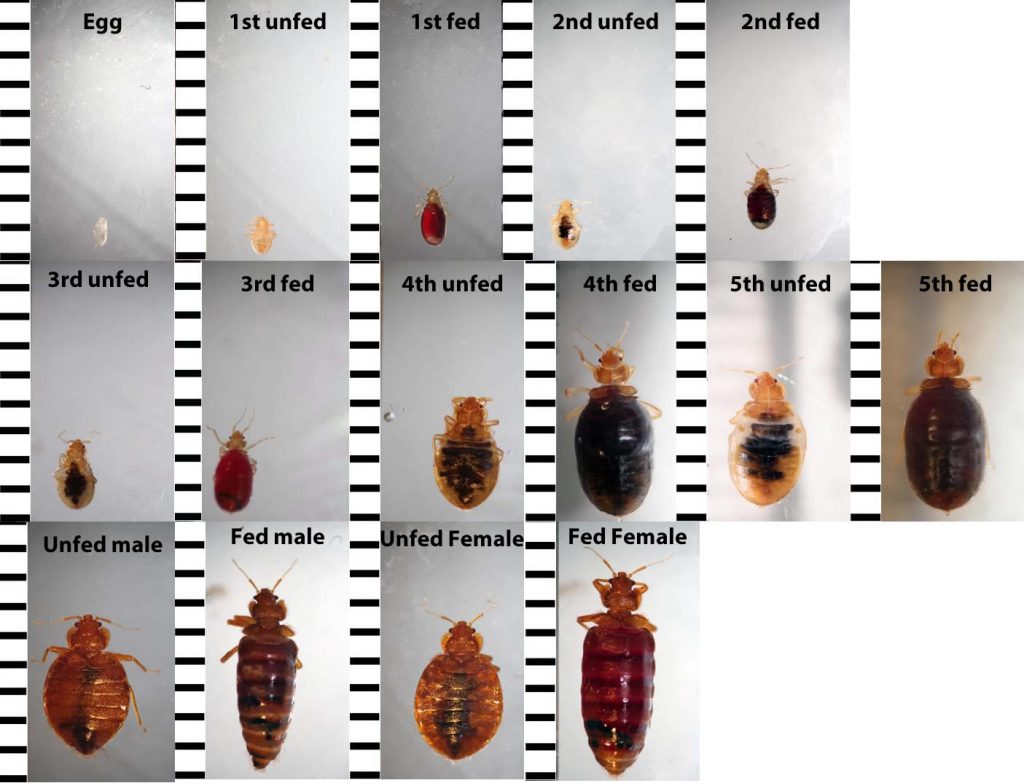
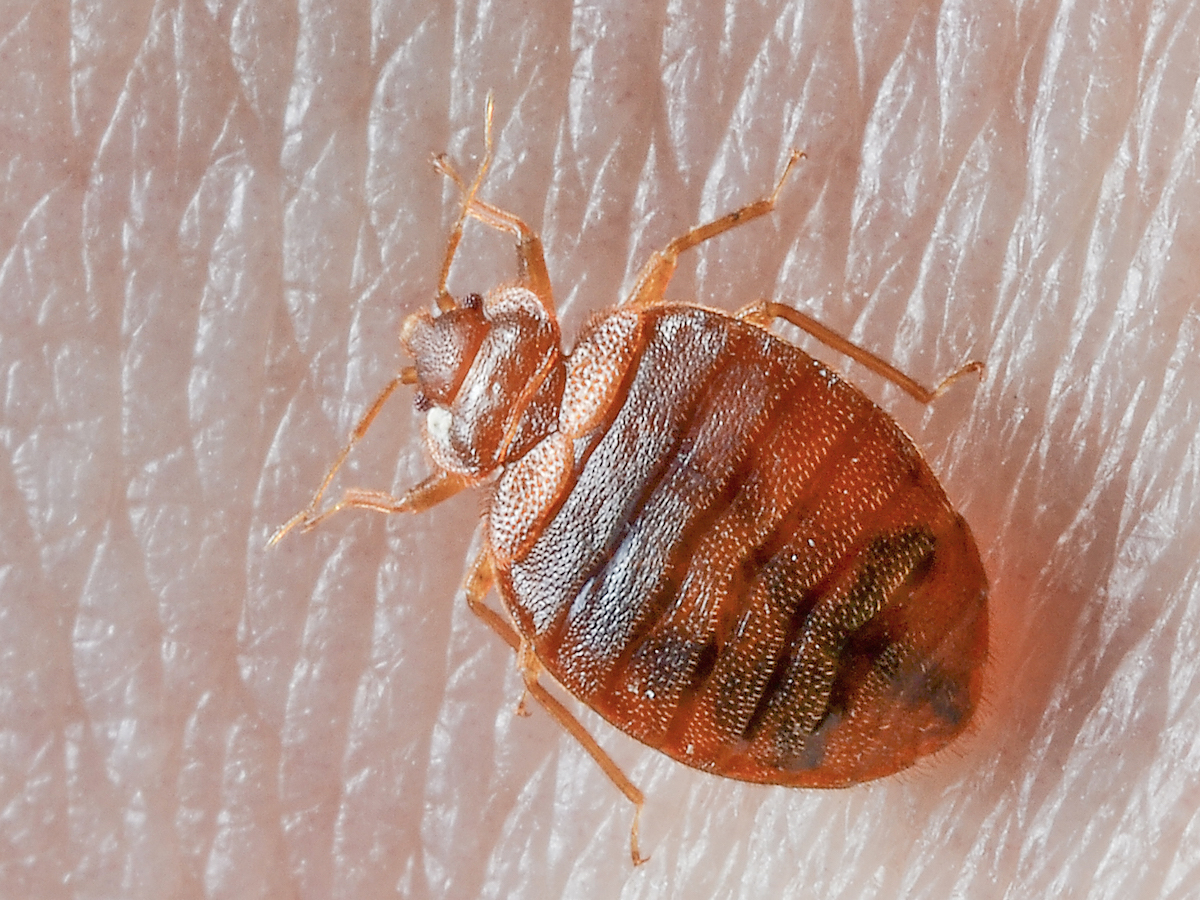

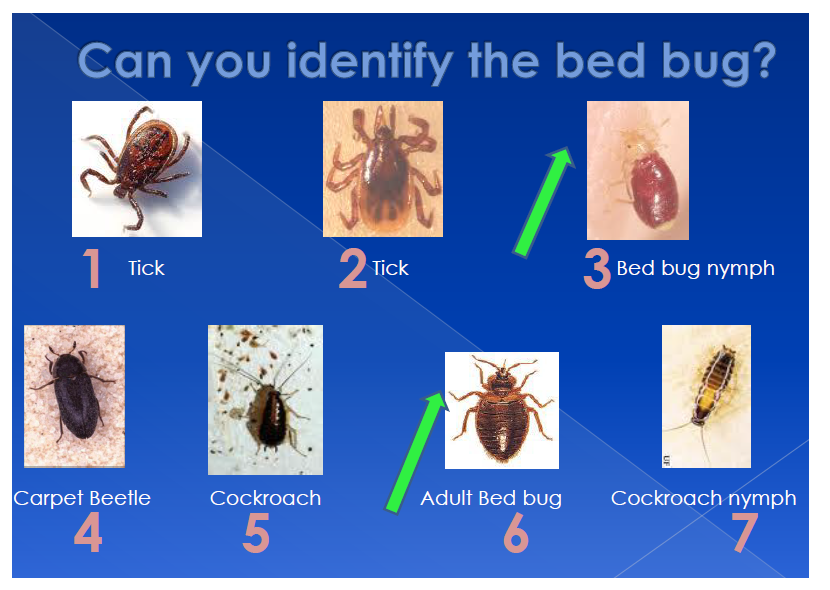
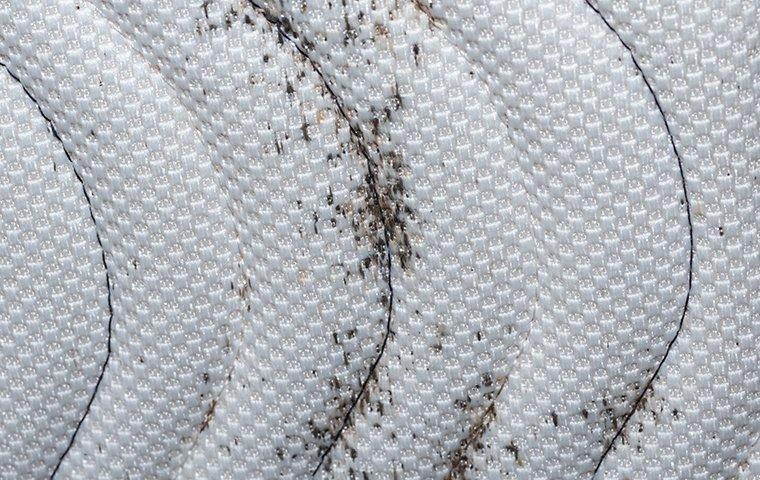
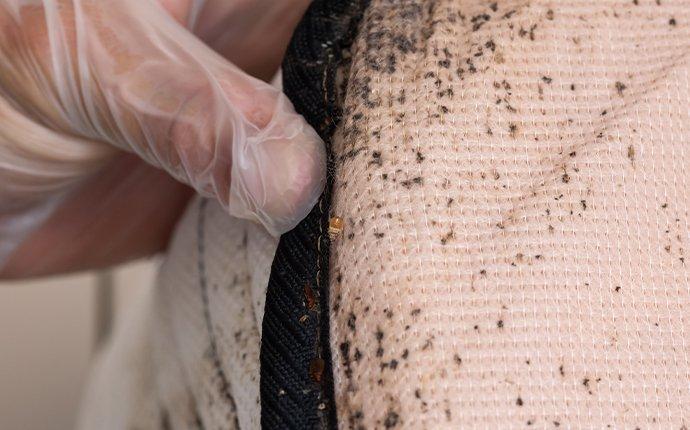



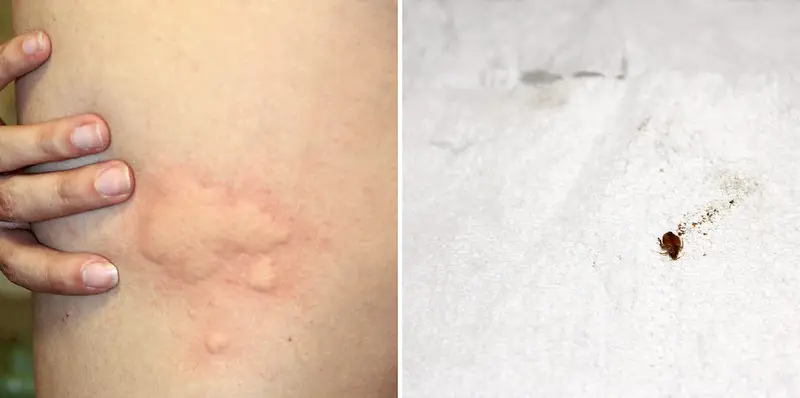




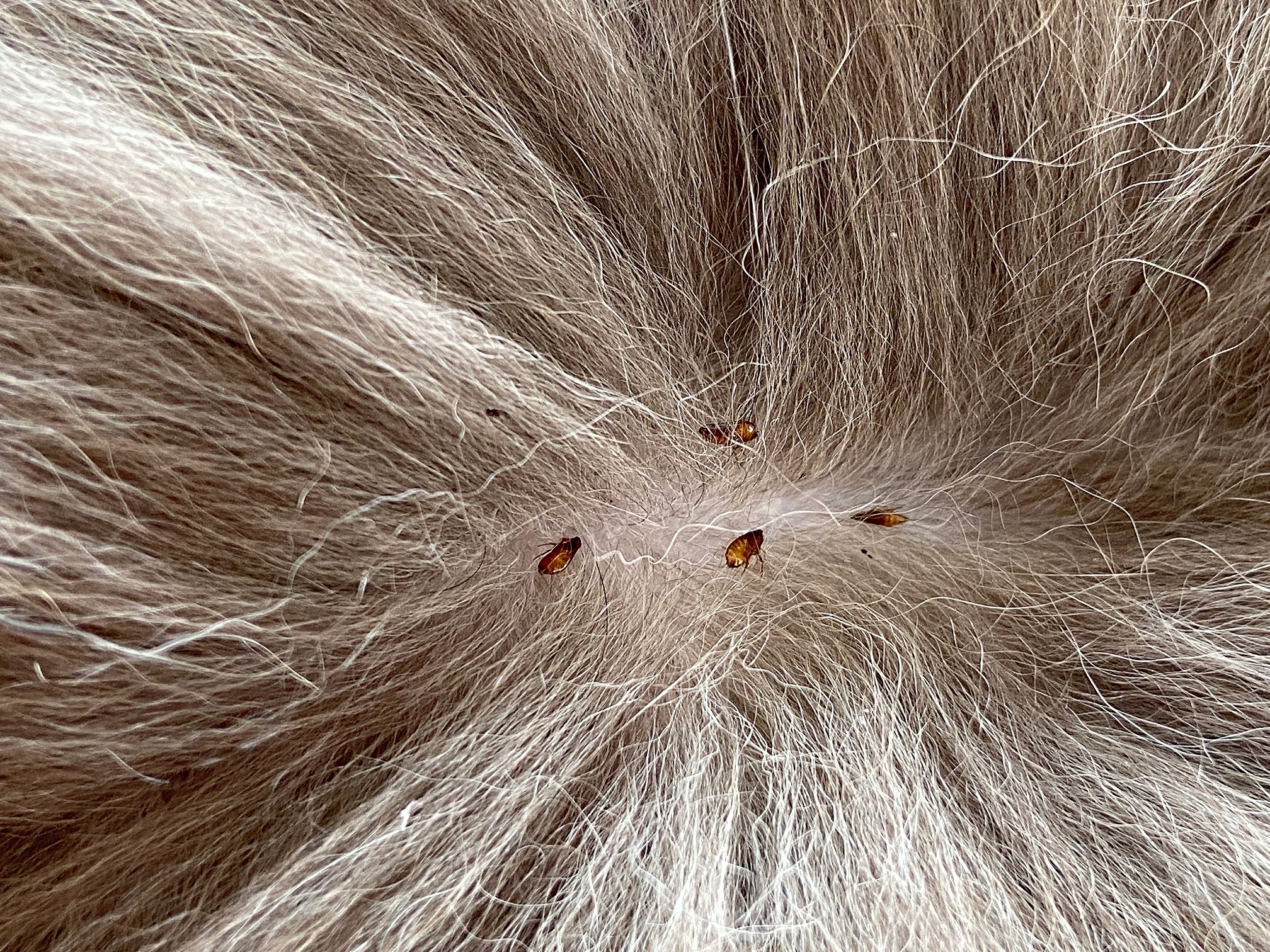



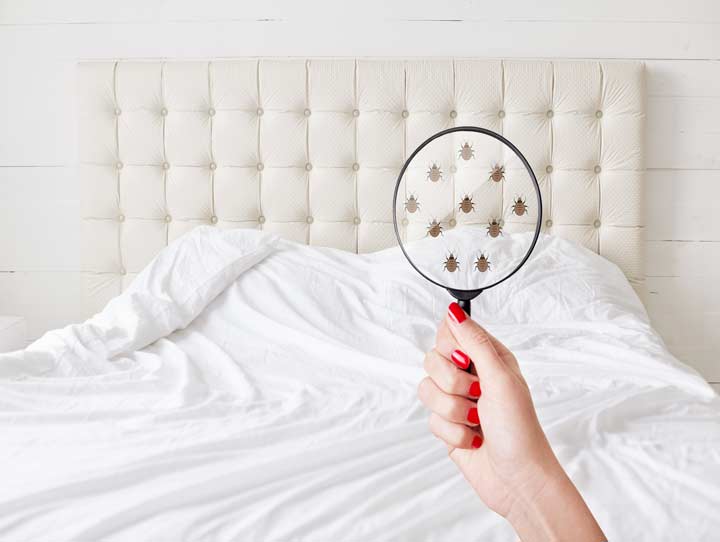





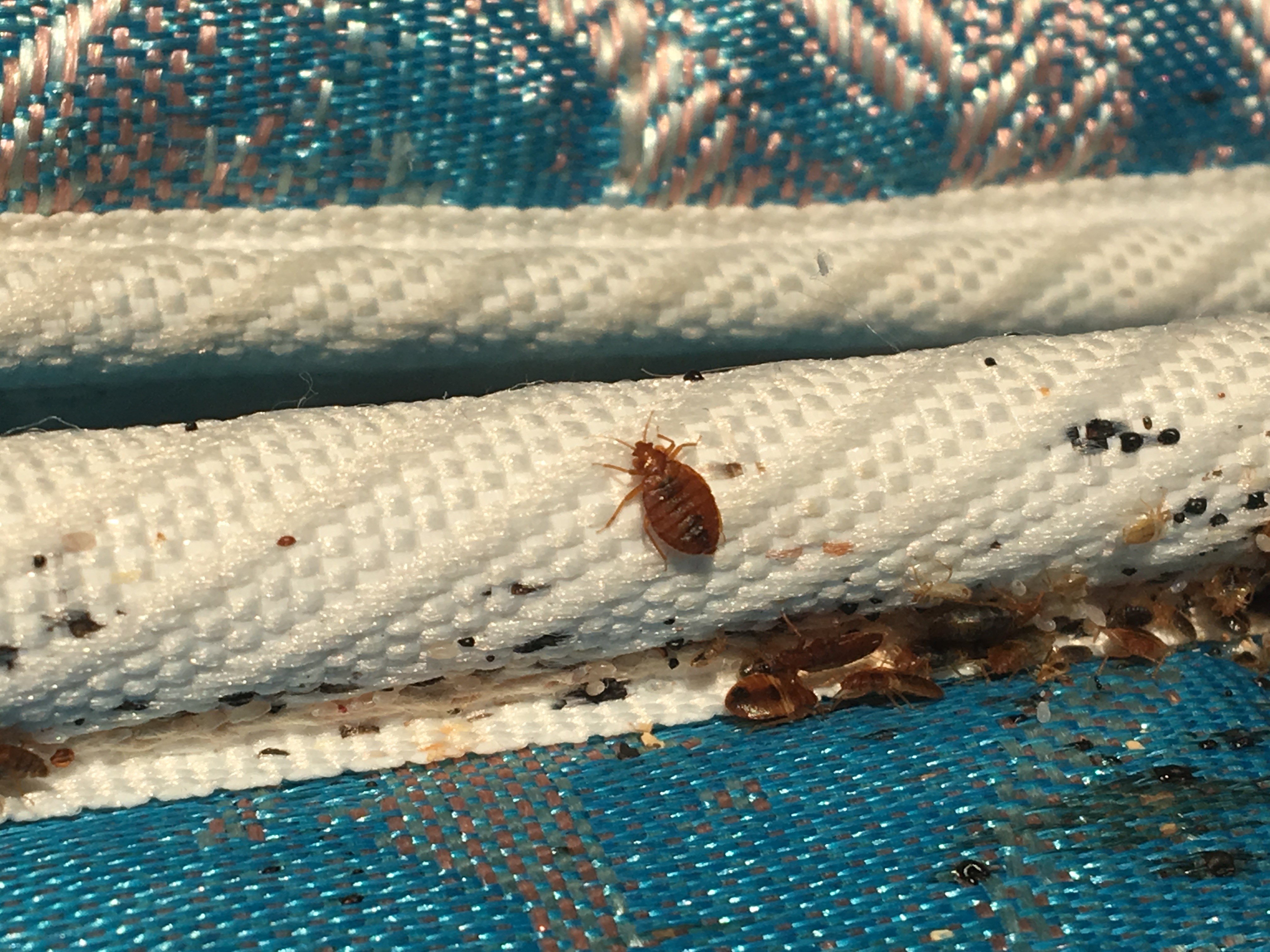






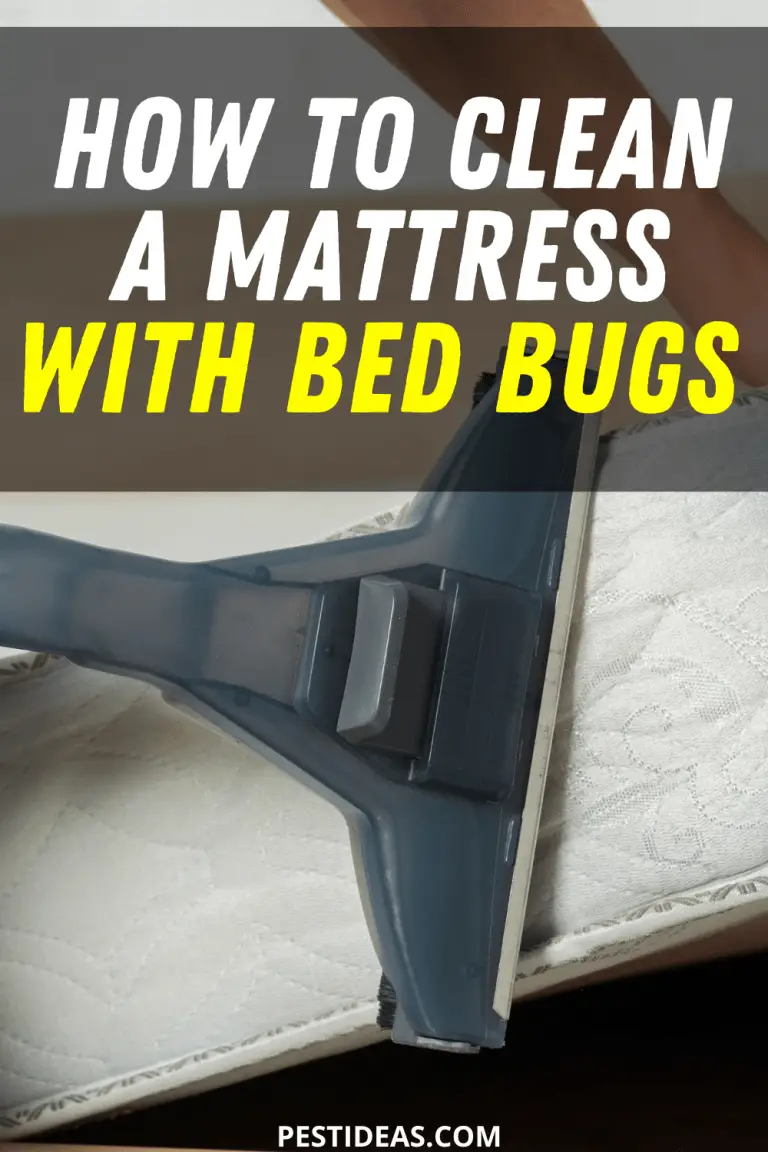


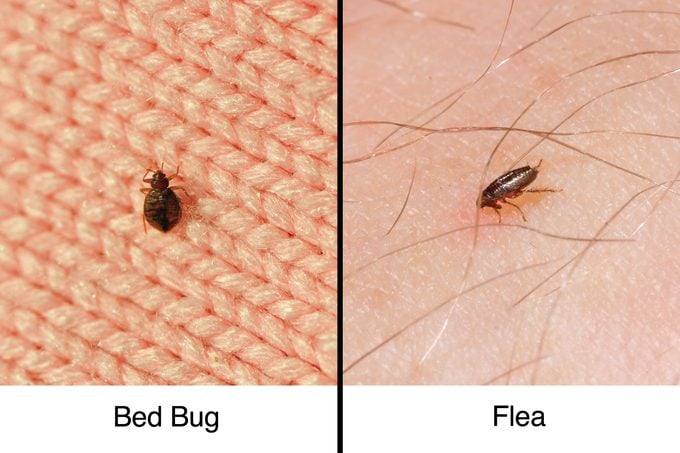
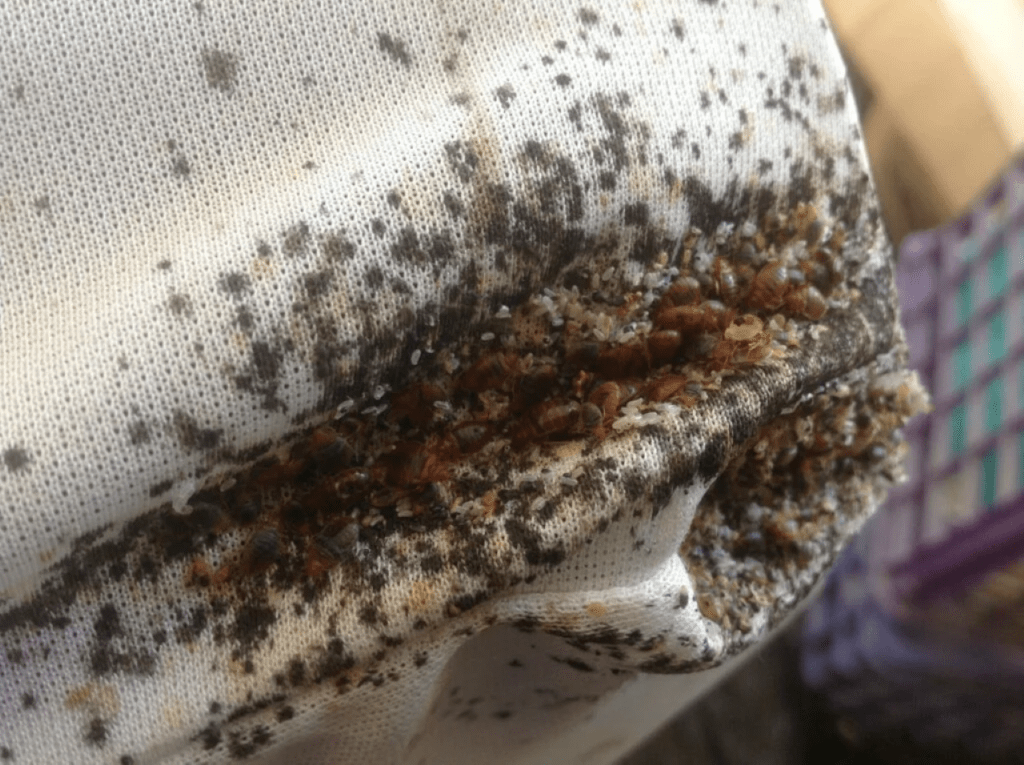
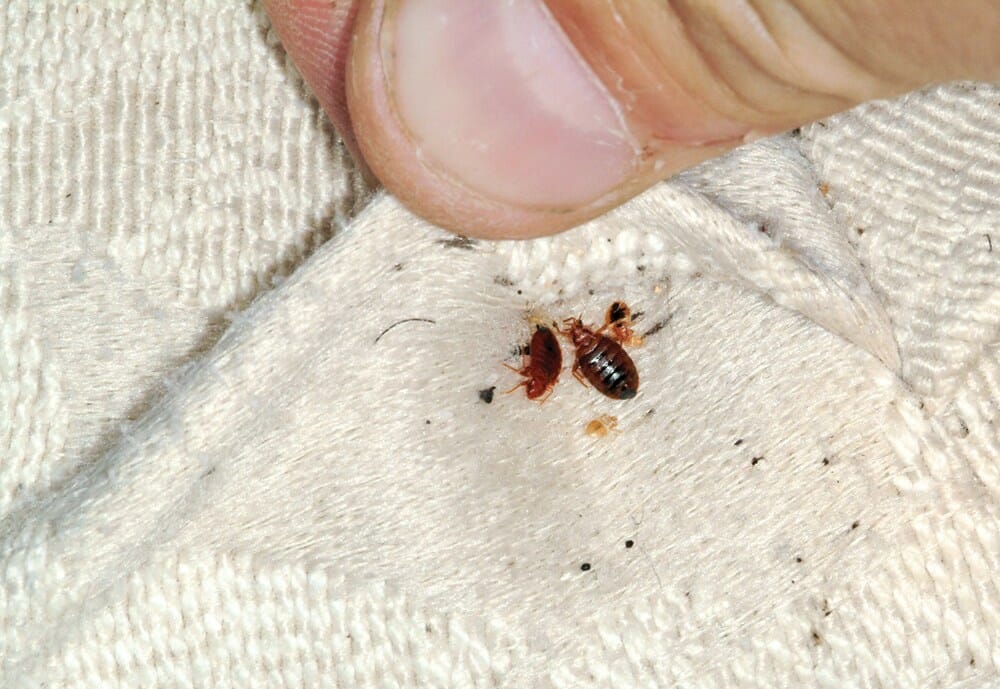



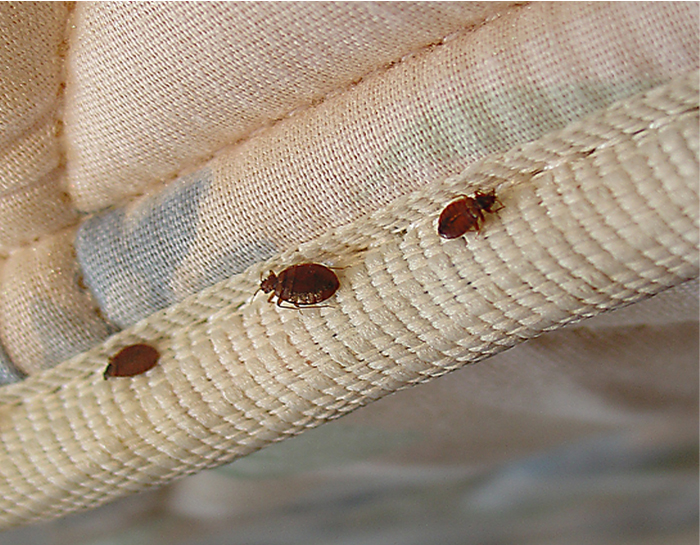









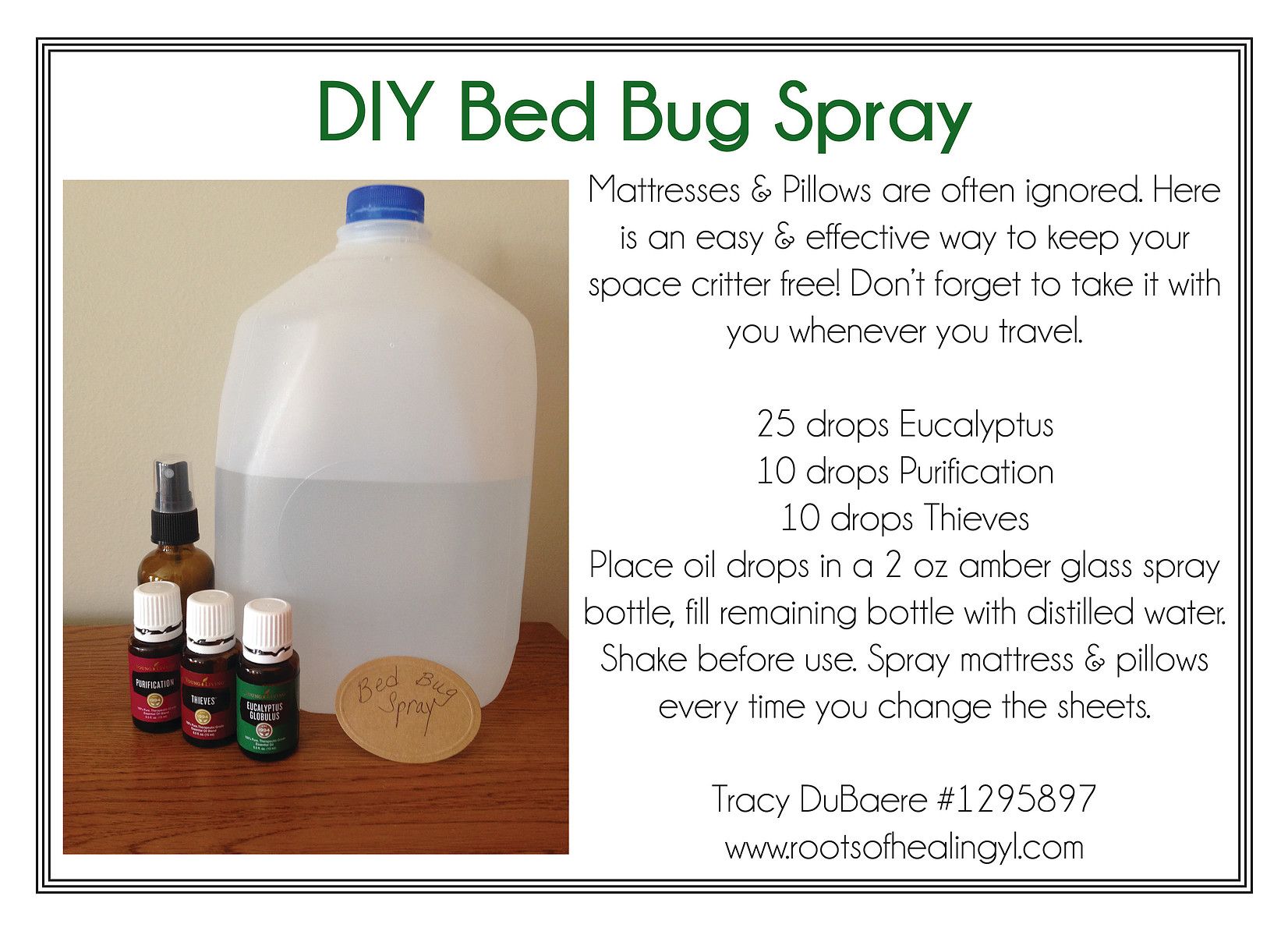










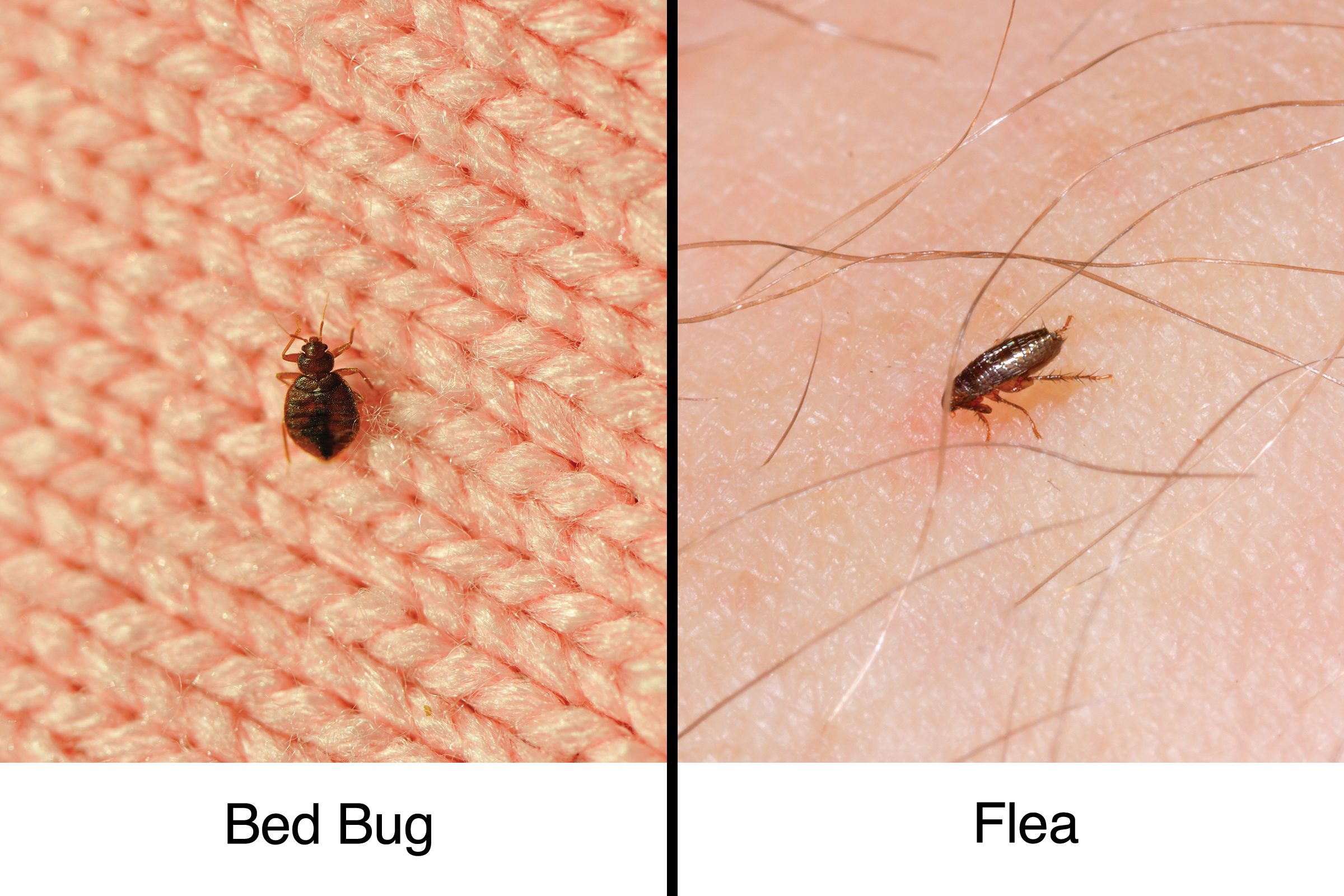






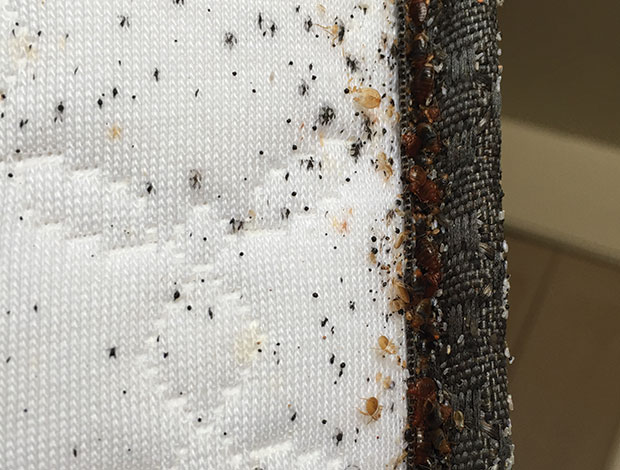
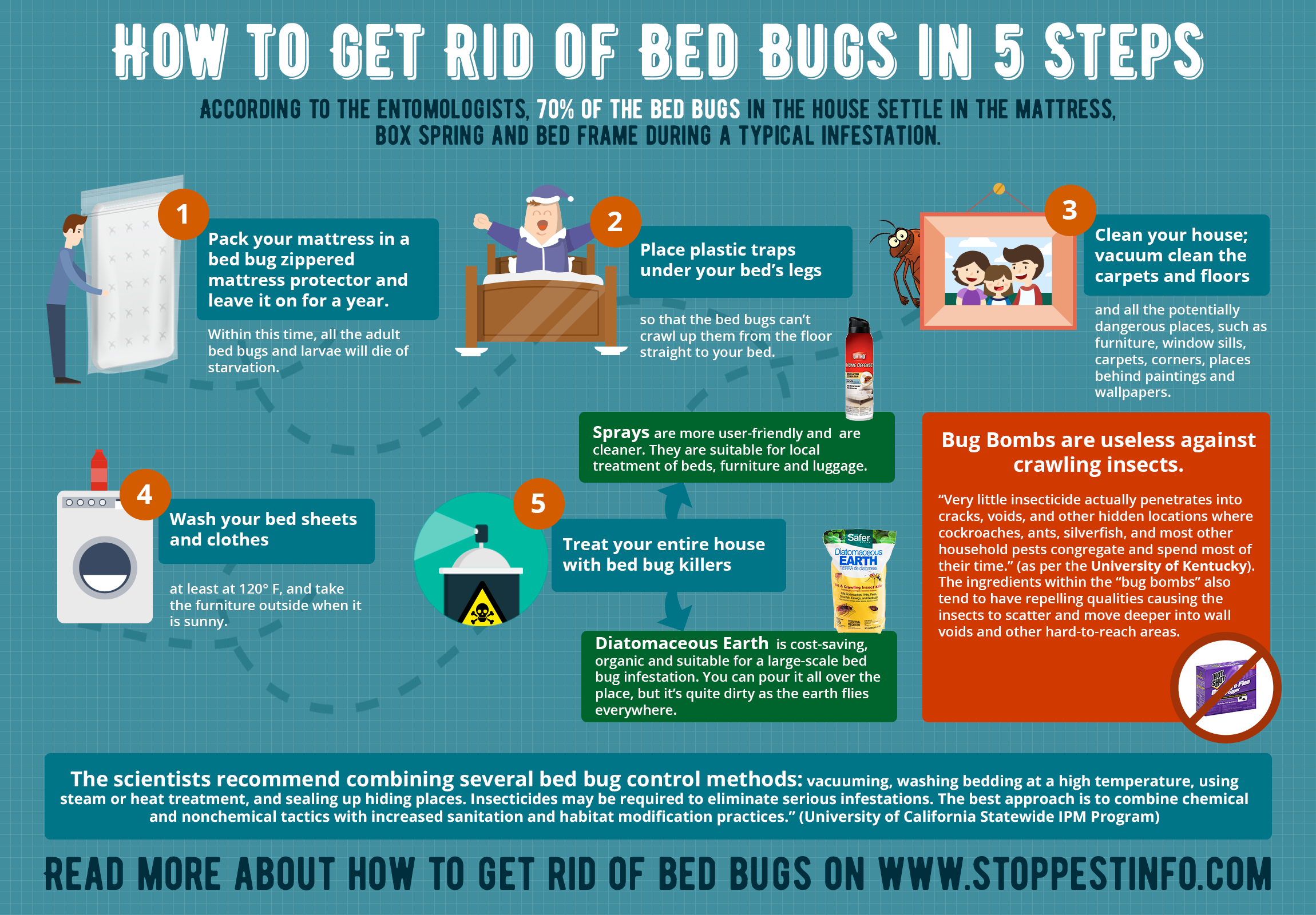
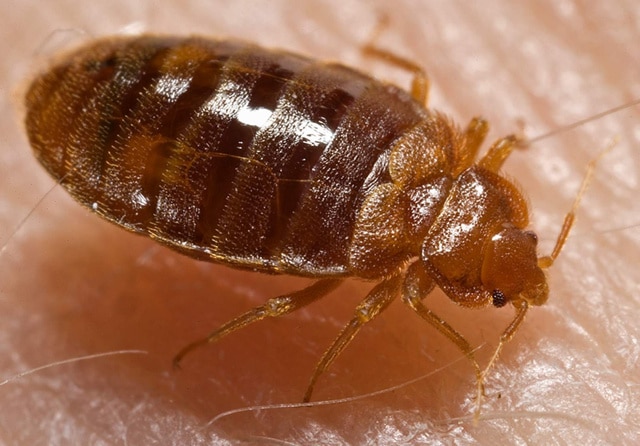



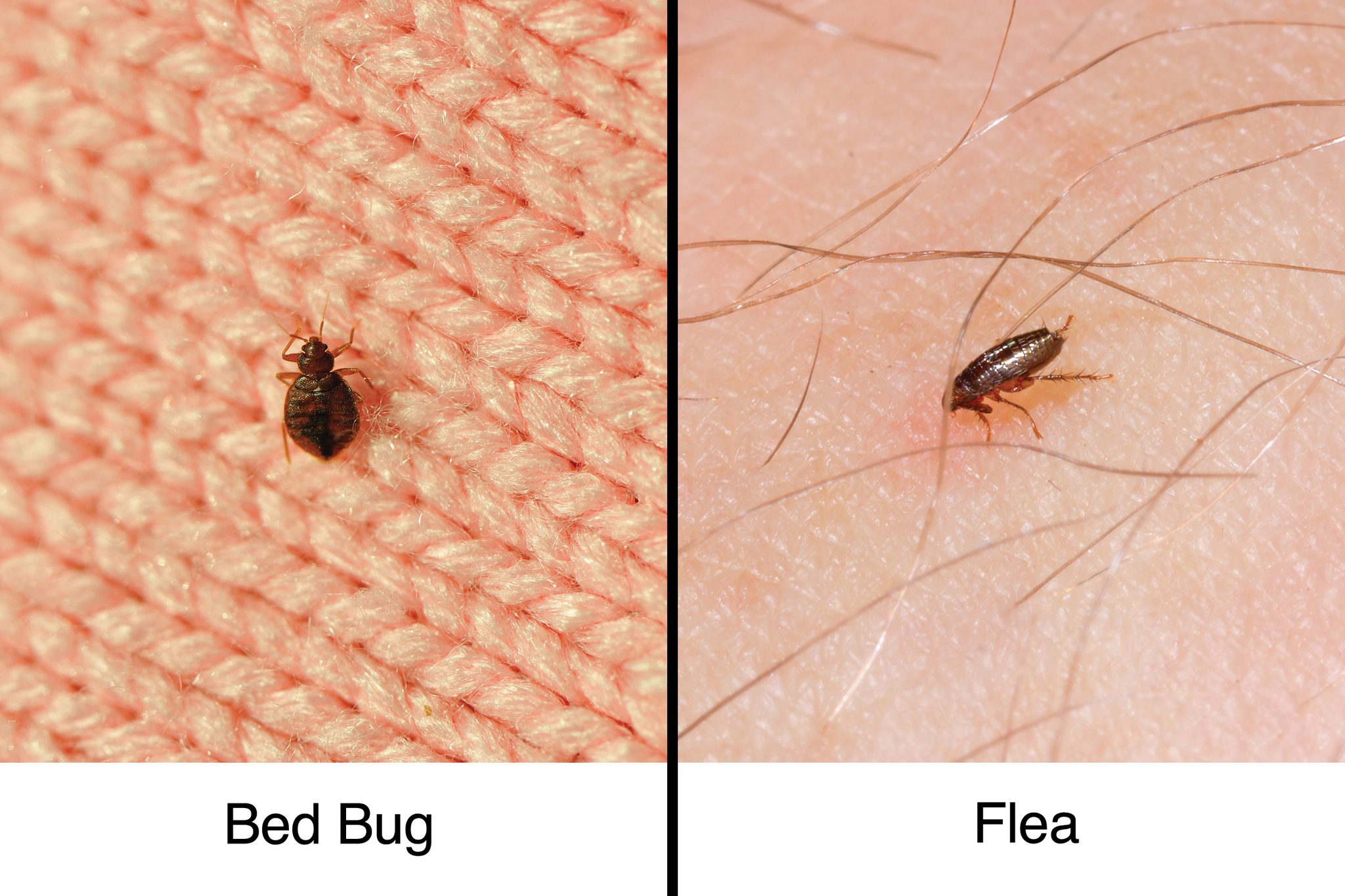



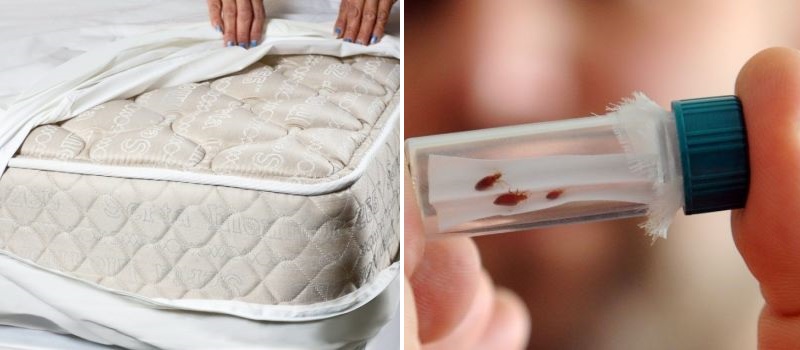



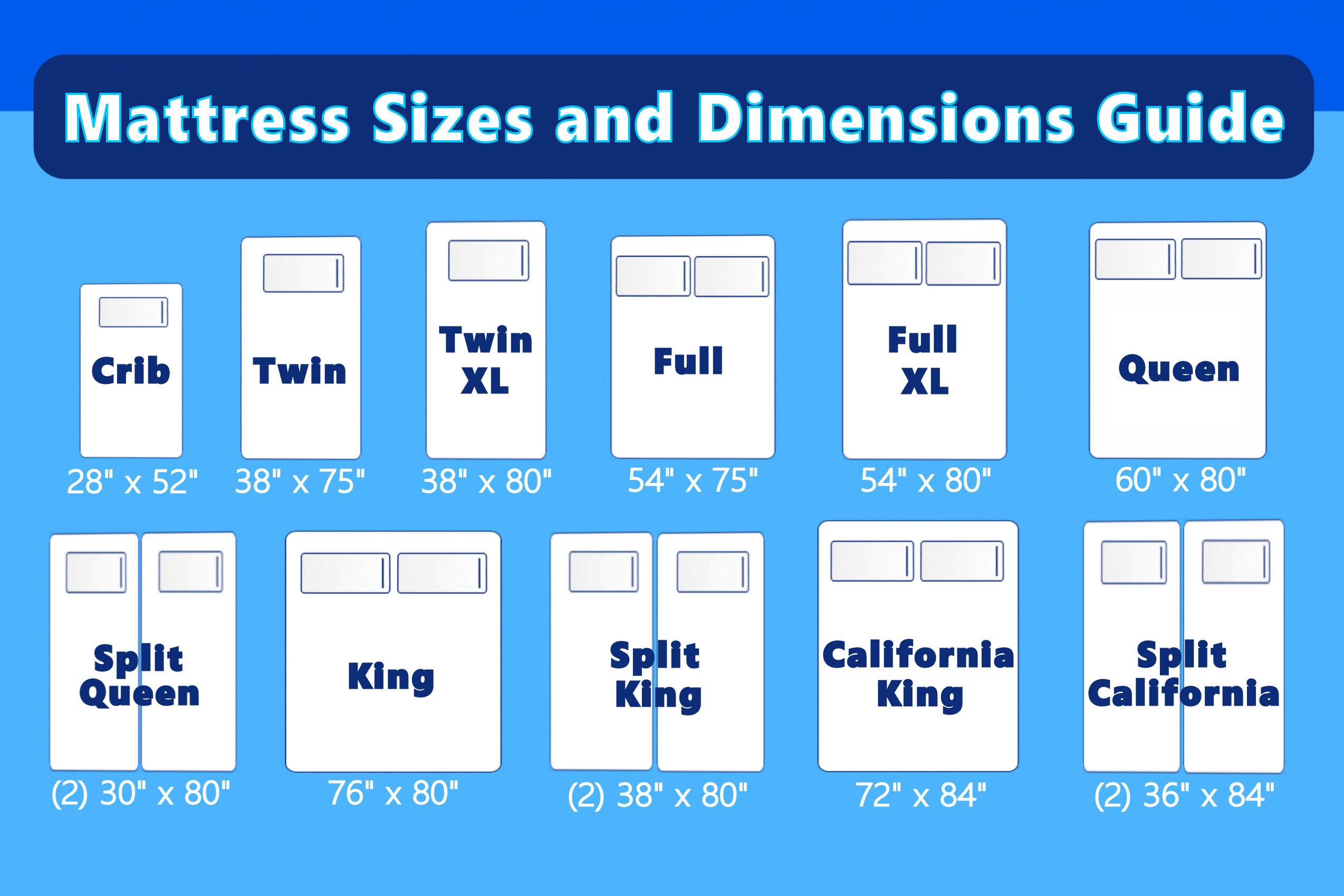
:max_bytes(150000):strip_icc()/ButterflyHouseRemodelLivingRoom-5b2a86f73de42300368509d6.jpg)

